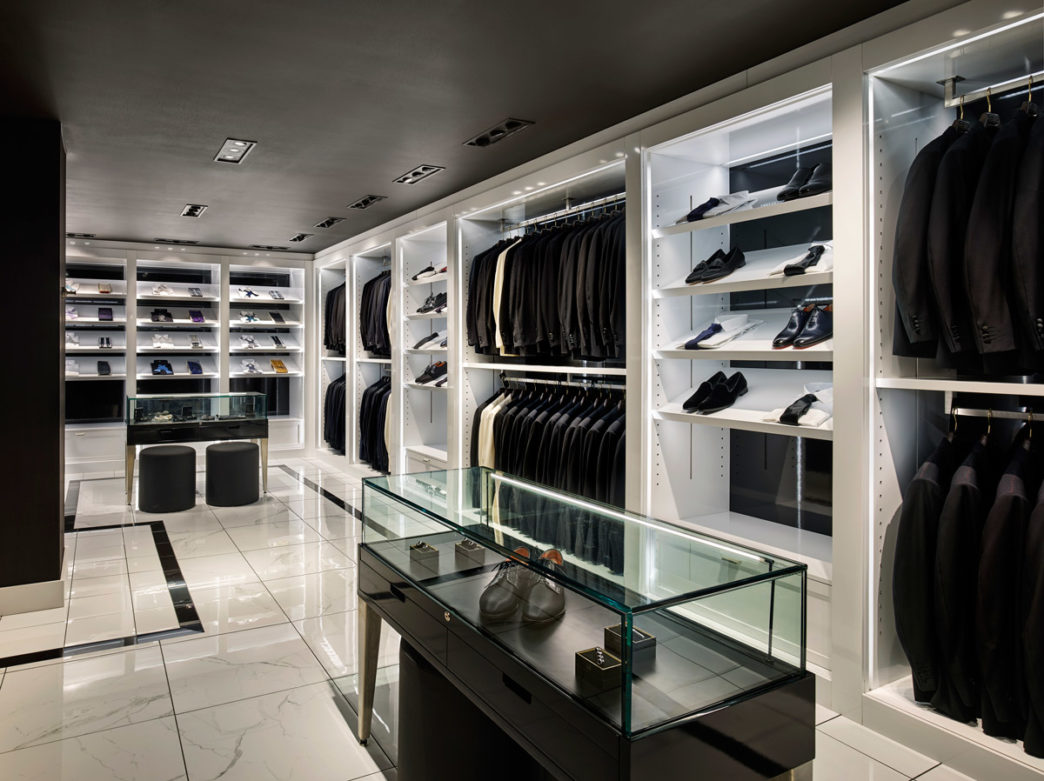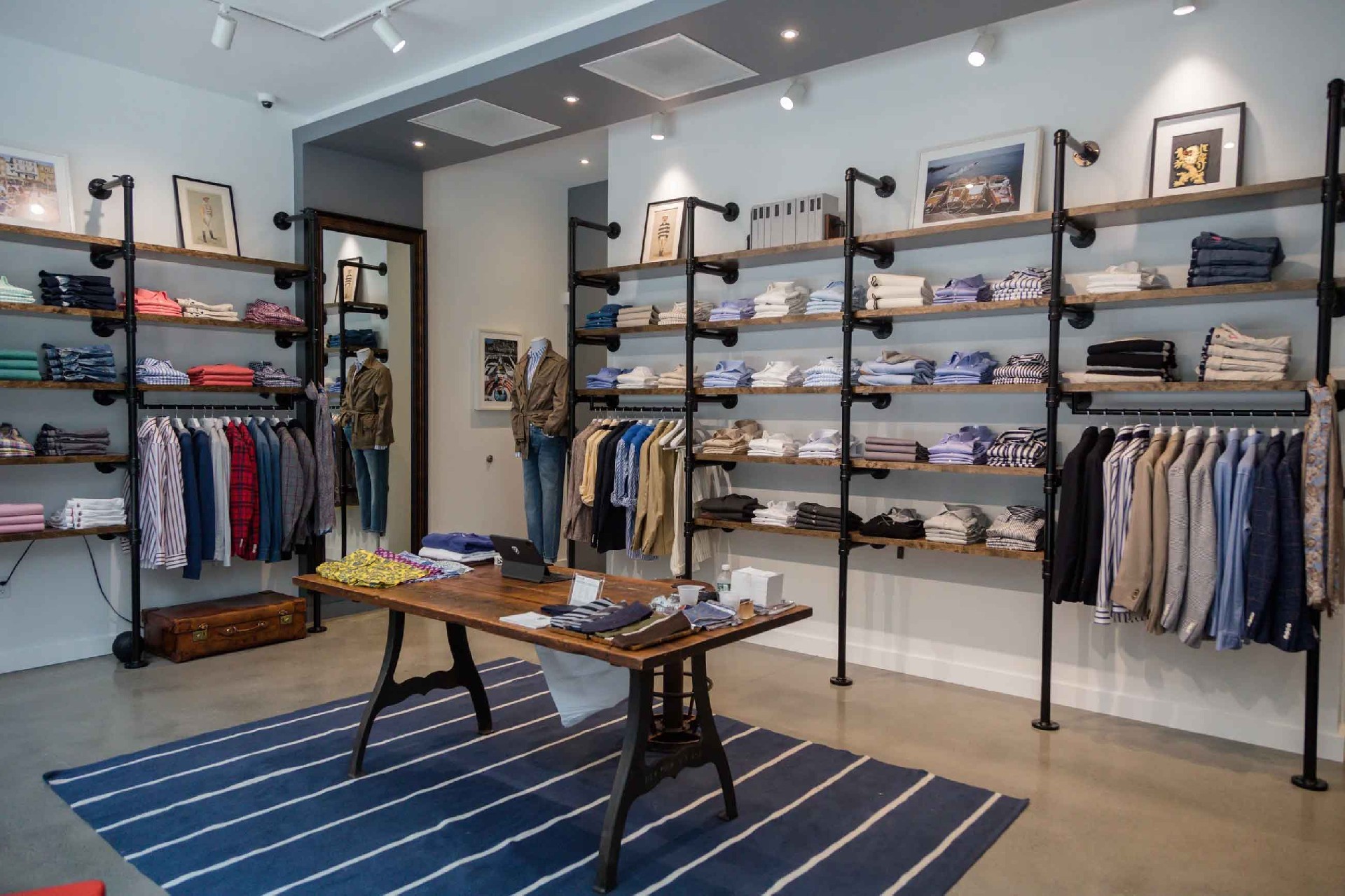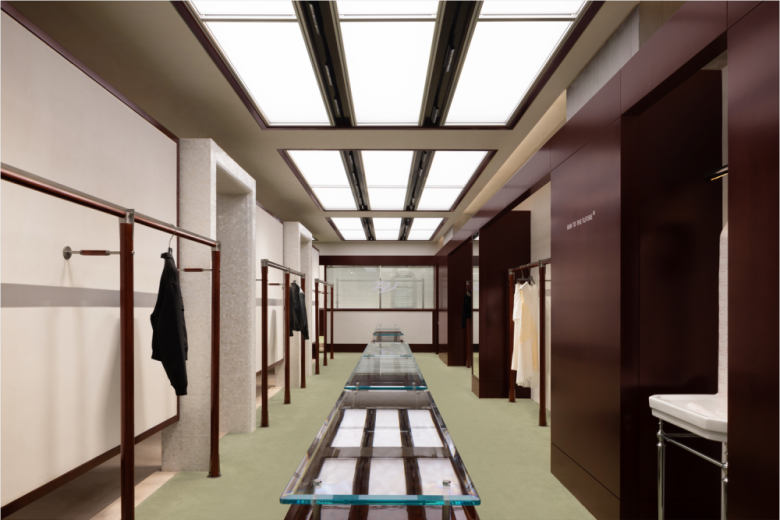Lighting, as a crucial component of retail space design, not only fulfills basic illumination functions but also plays a key role in shaping the space's atmosphere, highlighting the characteristics of merchandise, and guiding customer emotions and behavior. In high-end retail environments, the organic integration of lighting with spatial layout and display furniture can significantly enhance the visual appeal of merchandise and the overall shopping experience, deeply conveying brand value and effectively boosting sales conversions.
First, lighting enriches the sense of space through layered design. A rationally planned hierarchy of primary, accent, and ambient lighting ensures a balanced base brightness while highlighting key display areas. Primary lighting typically utilizes diffused light sources, creating a uniform, soft lighting environment and ensuring customer visual comfort. Accent lighting utilizes directional light sources such as spotlights and track lights to focus on new products, best-sellers, or themed displays, enhancing the quality and details of the merchandise. Ambient lighting, using light strips, wall sconces, or concealed light sources, creates a warm and layered feel, alleviating visual fatigue, promoting customer relaxation, and extending customer stay.
Second, the coordination of lighting with display furniture is key to enhancing merchandise appeal. The matching of display case materials and colors with the color temperature of the lighting directly impacts the product presentation. Cool white light is suitable for modern, vibrantly colored merchandise displays, highlighting product lines and color purity. Warm white light is ideal for display environments that emphasize texture and warmth, making products appear more approachable and luxurious. Adjusting the lighting angle and intensity can avoid distracting reflections and shadows, ensuring each item is perfectly presented, enhancing visual impact and consumer desire.
Lighting design also plays a crucial role in guiding customer movement and consumption paths. By creating focal points and guiding light sources, lighting can naturally guide the customer's gaze, leading them to gradually explore the various display areas within the space. Entrances and display windows typically utilize high-brightness, highly attractive lighting combinations to attract passersby and guide them inside. Internal pathways utilize playful light and shadow to create a sense of rhythm and layering, inspiring exploration and a desire to buy.
Lighting also serves to reinforce brand image and create a differentiated spatial experience. Brand-specific color themes and dynamic lighting designs can enhance brand recognition and the personality of the space. The development of digital lighting technology has made lighting solutions more interactive and flexible. Intelligent control systems enable the switching and adjustment of lighting scenarios to meet the needs of different time periods, events, and promotions, enhancing the customer experience and the vitality of the space.
It is worth noting that energy-saving and environmentally friendly concepts are becoming increasingly mainstream in modern lighting design. LED lamps, due to their high energy efficiency, long lifespan, and strong controllability, are widely used in retail spaces. This not only reduces operating costs but also aligns with the social responsibility of green and sustainable development, enhancing the modernity and sense of responsibility of the brand image.
Lighting design in retail spaces plays a role beyond simple illumination; it is also a powerful tool for visual marketing. By closely coordinating with the spatial layout and display furniture, lighting effectively enhances the visual presentation of products, creates a comfortable and attractive shopping environment, and promotes emotional resonance and consumer decision-making. Ultimately, it helps brands stand out in the fiercely competitive market and maximize their commercial value.






